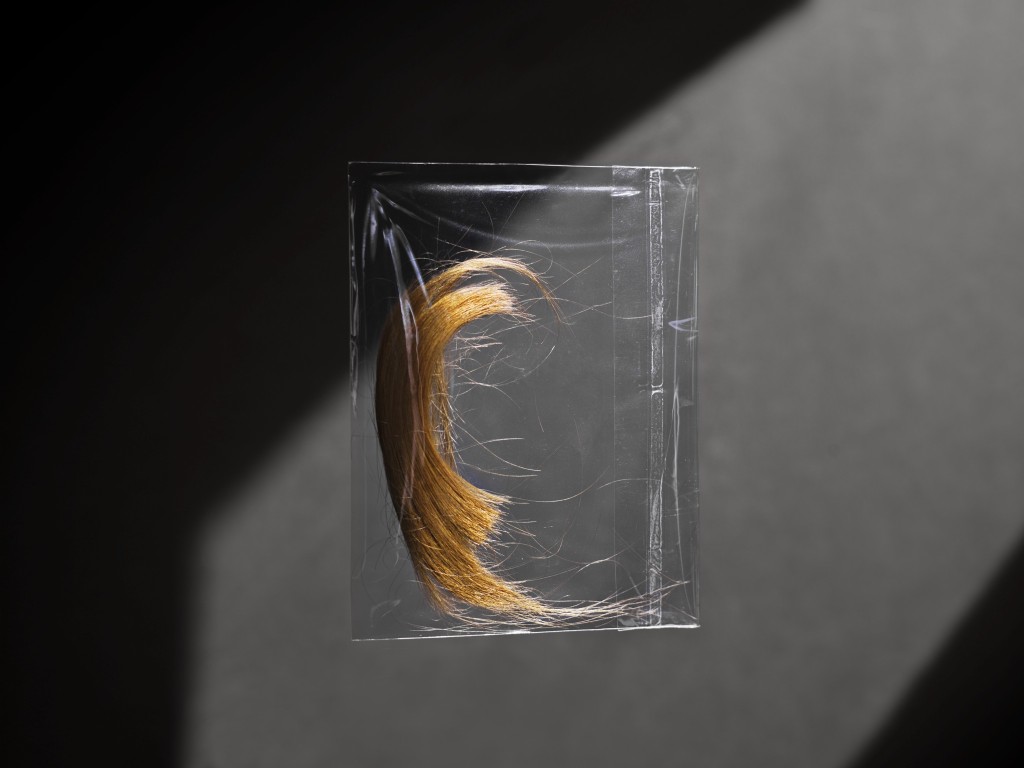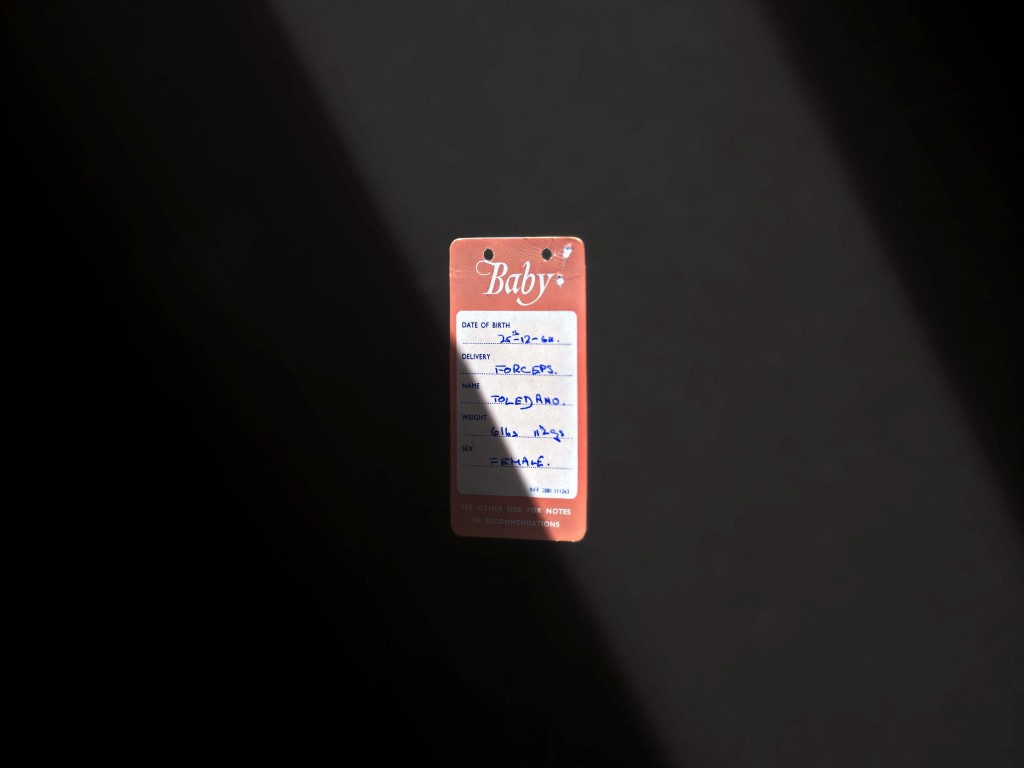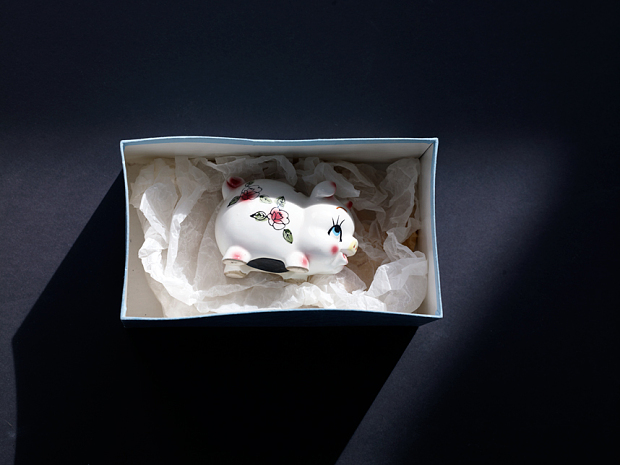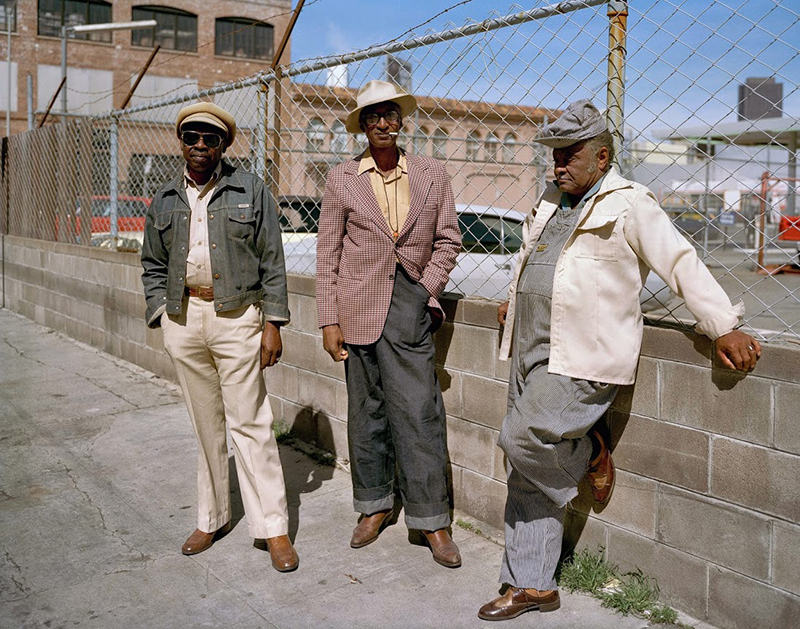Bio
Jonas Bendikson is another photographer who explores the theme of Community in this work. Like Soth, he is also a Magnum Photographer.
Bendiksen was born in Norway in 1977. Passionate about photography from a young age, Bendiksen gained a one year internship at Magnum Photos’ London Office. His tasked ranged from; mundane tasks such as making tea + coffee, and paging letters; to returning prints and slides to their right places in the archive. Enriched and inspired by this experience which he described as “the best education I could have asked for”, Bendikson decided from that point to dedicate the rest of his life to become a photographer.
After this experience, Bendiksen travelled to Russia, documenting the transition of the Russian people after the collapse of Communism and the USSR 10 years before. He ended up spending several years there, resulting in a body of work that went to make his first book, “Satellites – Photographers from the Fringes of the former Soviet Union”, published in 2006. This series brought Bendiksen extensive critical acclaim.
Bendiksen experiences in Russia profoundly influenced his style and identity as a photographer. The vast majority of work throughout Bendiksen’s career has been related the theme of community, both through the publication of photo-books, as well as through photo-journalistic assignment for organisations such as GEO magazine, Newsweek, Goldman Sach and National Geographic. Dedicated and passionate about mastering his work, Bendiksen explores the communities he photographs in great detail, getting to know the people he works with closely and personally, enabling him to gain trust and build up an extensive body of images which can then go to make his photo-books and assignments. This means that Bendikseen often will spend a number of years on a specific photographic project or assignment, visiting the place a number of times.
Bendisken is a Magnum Photographer, joining the organisation in 2004. Magnum is consdiered one of the most influential and pretistiious photographic agencies, and is run exsucisively by it’s members





Here is a list of awards and grants that Bendiksen has achieved over the course of his career.
This list has been copied directly from Jonas’ official website, www.jonasbendiksen.com/Biography/1/
Selected Awards & Grants
- 2014 NPPA Best of Photojournalism, 1st prize
- 2014 Pictures of the Year, Last of the First skiers 2013 Pictures of the Year, Russian Summer edit
- 2011 Norwegian State Artist’s Grant
- 2009 Fotografiprisen
- 2008 Telenor International Culture Prize
- 2008 National Geographic Photography Grant 2007 ASME National Magazine Award
- 2007 Freedom of Expression Foundation Grant
- 2007 Award of Excellence, Pictures of the Year International 2005 Open Society Institute, Distribution Grant
- 2005 Alicia Patterson Fellowship
- 2005 2nd Prize, Daily Life Stories, World Press Photo Competition
- 2005 Award of Excellence, Pictures of the Year International
- 2004 New York Foundation for the Arts Fellowship
- 2004 Norwegian Art’s Council Grant
- 2003 Infinity Award, Young Photographer of the Year, International Center of Photography
- 2003 1st Prize, Picture of the Year International Awards 2001 World Press Photo Masterclass
- 2001 Nikon/Sunday Times Magazine Ian Parry Memorial Award 2001 Photo District News “30 under 30” Selected Exhibitions: 2014 Open for Business (Group show), National Media Museum,
Selected Exhibitions
- 2014 Open for Business (Group show), National Media Museum, UK
- 2013 Unintended Journeys (Group show), Smithsonian Natural History Museum Washington
- 2011 Bangladesh – On the Frontline of Climate Change, Perpignan, France
- 2008-12 The Places We Live Nobel Peace Center, Oslo; CO Berlin; National Building Museum, USA; CECZ, Amsterdam; Perspektivet Museum, Tromsø
- 2006-12 Satellites Jewish Historical Museum, Amsterdam; PM Gallery, London; Visa pour l’image, Perpignan; Fotoencuentros, Murcia
- 2008 Access to Life (Group show) The Corcoran Gallery of Art, Washington; Stenersenmuseet, Oslo; United Nations, New York, Asahi Mullion, Tokyo
Books
- 2008 The Places We Live, Aperture, USA (7 languages)
- 2006 Satellites, Aperture, USA (4 languages)




























